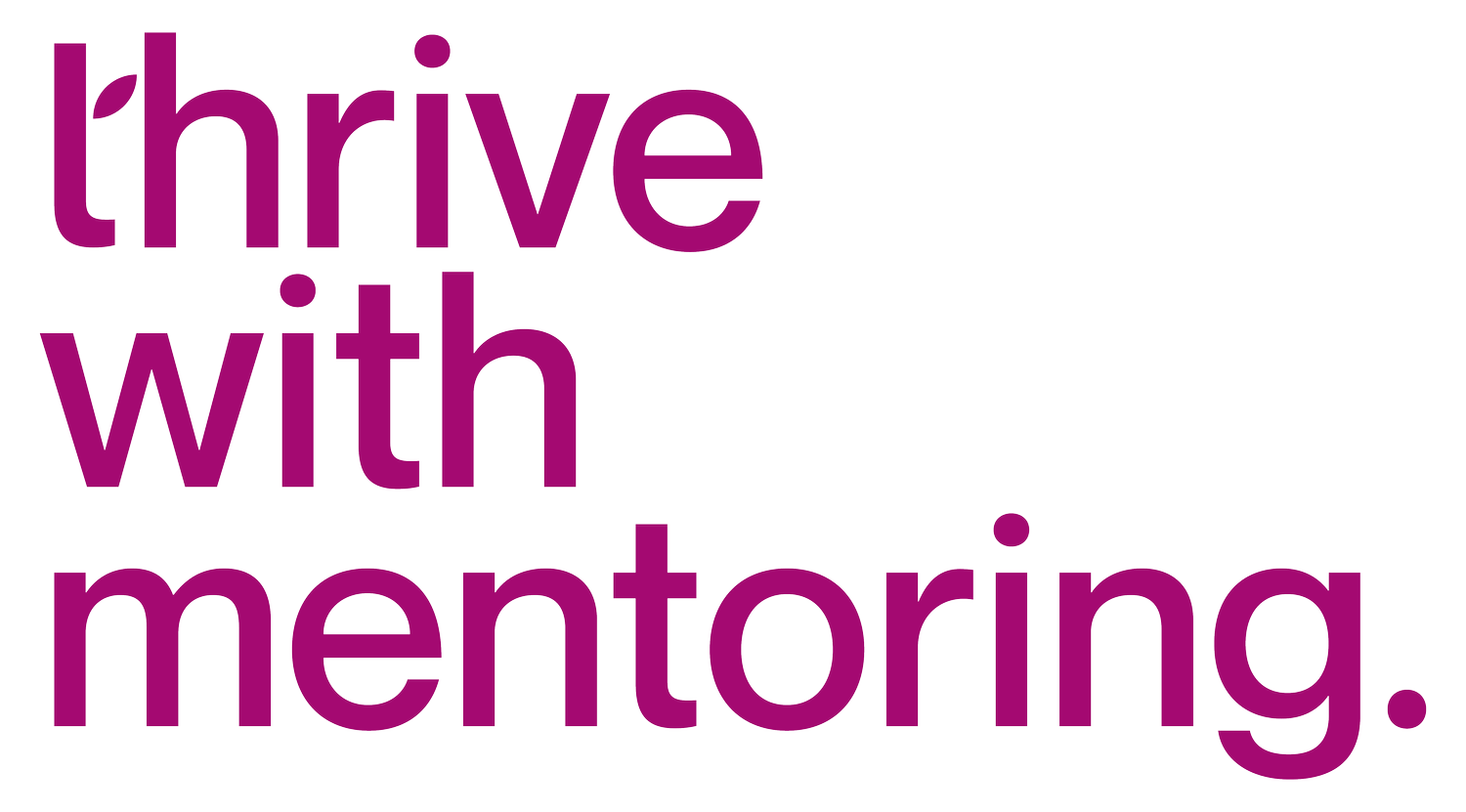How to sustain a Social Enterprise - In search of ideas that work | Understanding volunteers and volunteerism (Part 1 of 3)
'' I believe I will never quite know.
THOUGH I PLAY AT THE EDGES OF KNOWING,
TRULY I KNOW, OUR PART IS NOT KNOWING,
BUT LOOKING, AND TOUCHING... ''
MARY OLIVER
Designing an institution is far more than just deciding reporting structures, creating and managing policies and processes and putting in control mechanisms of who governs whom, what and how. Organization design influences employee behaviour and in the case of a social enterprise, design influences volunteer behaviour.
A social enterprise is centered around a social mission and its purpose is to maximise sustainability of the impact that it is trying to create and use revenues, donations and investments as a means to that end. The end outcome isn’t that of generating profit. Investment is used for core business functions and the idea and its takeoff depends a lot on the commitment of volunteers, who identify with that social mission. And here I speak for almost all social enterprises that work on the ‘Give Back’ model.
As a social enterprise, the notion of working for a social cause remains primary – and at the same time it needs to be run professionally.
The real challenge is how does one ensure the sustainability of a social enterprise that works solely through volunteers as is the case with thrivewithmentoring.com? How do you build a culture that is essentially rooted in volunteerism and works in an external business environment that is focused on professionalism?
In the past year, I have realised that a social enterprise is centred around the principle of “generosity”. Generosity with time, with presence, with money and with taking chances. In this freewheeling article, I am mulling over a few questions that have been on my mind.
What kind of structure can sustain generosity from volunteers? Is there an organizational structure that can compliment the ethos of ‘being generous is the reward of being generous’?
How do you reinforce that participation itself is the reward? People volunteer to the extent that they can comfortably stretch, but as humans we do expect some kind of material gratification at the end of it. It needs a lot of self actualisation to understand that the process is what will nurture us and not the outcomes. What kind of structure pulls this forth?
Most volunteers that I work with bring corporate experience, often rooted in competition, numbers and ratings. But in a social enterprise, it is only through generous collaboration that you grow. That you happily help others do better, so that the cause is served. But how does this become the culture of the social enterprise?
There is a line between reality and vision. A very thin line and this line makes all the difference. In the face of no tangible rewards, how do you encourage and ensure that volunteers personify the ethos of what the social enterprise is trying to build? Education and training along those lines is great, but how do you sustain that learning for the volunteers? How do you ensure that the baton is passed on?
Social enterprises are catalysts that facilitate the good in the world. Volunteerism is the epitome of that goodness, of that philosophy of doing good. And yet, like in all organisations, there needs to be a balance between power and authority – and this becomes prominent in a zero to low cost model. Given that resources always need to be optimized, the flow of control should neither be so rigid so as to restrict free thought nor so fluid that the social cause gets overpowered.
Volunteerism can come in many shapes and forms, and yet, successful volunteering for a social enterprise starts getting quite specific. Volunteers need to function from a ‘mindset of abundance’ – which is not easy to sustain unless it is a value that one deeply holds. Working for a social enterprise, at least one like #Thrivewithmentoring where the ‘rewards’ are notional at least in the initial phase (as the organization experiments and reinvents itself) is a process that evolves for many volunteers. Many volunteers encounter challenges linked to either their skill or will and their ability to commit and deliver to a voluntary cause as compared to another system where the rewards are tangible. The struggle to manage these ups and downs, is too great for a single individual to tackle alone, hence having a leadership team that ‘walks its talk’ becomes crucial for success.
Thrivewithmentoring is now 16 months old. The initial phase to get the social mission off the ground and start delivering has worked out so far; but the real deal starts now as we experiment and figure out how to keep innovating with our social mission at the heart. How to ensure that our ‘why’ or purpose, remains a calling that propels us forward in the face of adversity and empowers us to persevere when giving up seems the easier way.
Ultimately as a social enterprise we are competing against ourselves, our success or failure is measured not just in terms of producing better products and services but through our continuous striving to become a better version of ourselves. And the only way to do that is to identify volunteers who are aligned to our social mission, and those that will stretch far beyond their comfort zone to deliver in service of that mission.
I am keen to hear about your experiences as a volunteer – what is at the heart of your commitment to a cause?
What mechanisms increase or erode volunteer commitment?
What organizational processes are helpful or detrimental to build a strong volunteer network?
Does the age or stage of our life make it easy or difficult to be a volunteer?
Is the default of clearly defining 'give and take' the only way one can get committed volunteers - or is there another way?
